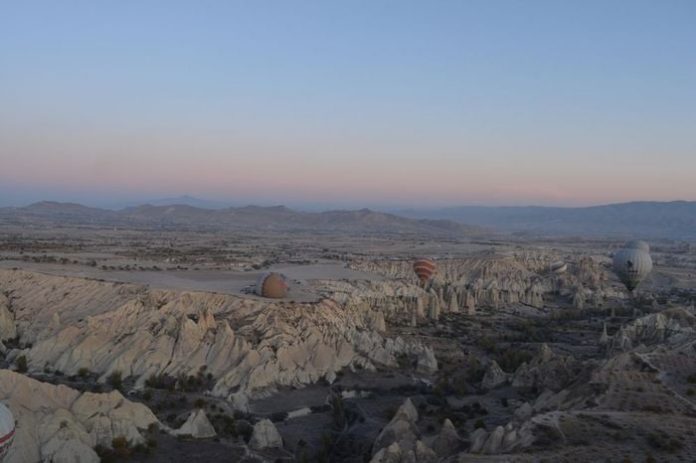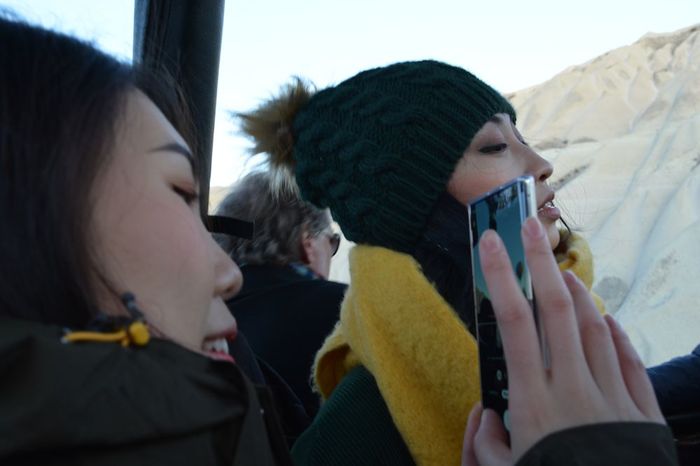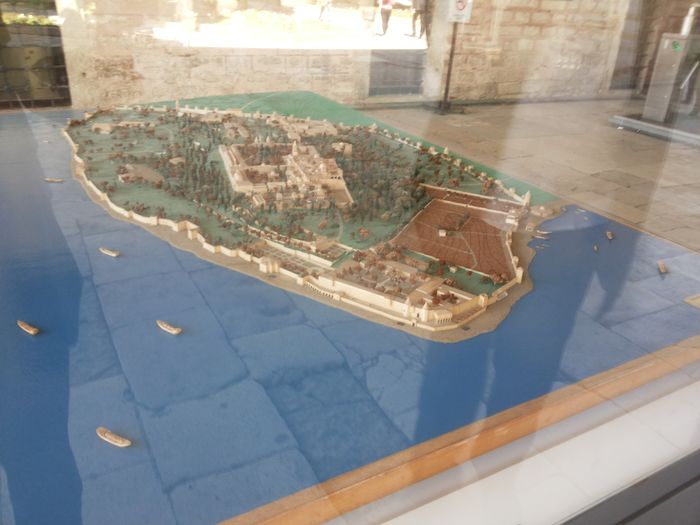A Race Against Time
Historical Health Center Threatened
For seven years, dedicated archaeologists have been tirelessly excavating Allianoi, a legendary health center situated 18 km northeast of Pergamum in western Turkey. Nestled amidst the Yortanli Dam’s pool, this ancient site reveals a once-thriving complex of squares, streets, monumental gates, bridges, fountains, stores, accommodation spaces, ceramic ovens Elevating Bozcaada, cult buildings, churches, and other monumental structures—all centered around healing waters.
Project Threatening History and Ecology
However, a looming threat casts a shadow over Allianoi and the fertile lands surrounding Yortanli Dam. The dam project, designed for irrigation using artesian wells, not only poses a risk to the historical remains but also endangers the ecological balance of the region. This cultural legacy, preserved for centuries, faces extinction without comprehensive study. The 1800-year-old Allianoi, known for its therapeutic waters, stands at the brink of inundation due to insufficient communication and coordination in this age of advanced communication.
Historical Significance A Hydrotherapy Hub
Allianoi’s significance in the context of hydrotherapy adds a unique layer to the archaeological landscape. While few Asklepieions have been discovered, including those in Epidaurus, Corinth, Kos, and Pergamum in Greece Personal Istanbul Tours, the health center at Allianoi sheds light on Pergamum’s role as a medical center in antiquity. Psychotherapy, utilizing music and suggestion, was practiced in Pergamum Asklepieion, while hydrotherapy thrived in Allianoi thanks to its hot springs. The presence of Roman-era bronze surgical instruments suggests that surgical procedures were also conducted here, further confirming its status as a healing site.
Urban Planning Marvels Unearthed
Excavations around the Roman bridge, still in use with its two vaults, and the hot spring site reveal advanced engineering and urban planning in Roman-era Allianoi. The layout features monumental streets adorned with columns, showcasing a level of sophistication in urbanization. The well-preserved settlement, complete with houses, stores, car parking areas, walkways, wooden platforms, and information boards, offers a captivating model of urban planning and is accessible for visits lasting 1.5-2 hours. Yet, the race against time intensifies as the threat of submersion looms large over this archaeological gem.








